Graphics - 88%
Sound - 90%
Gameplay - 89%
Replay value - 91%
90%
The verdict
"Kishin Douji Zenki FX doesn't reinvent the beat 'em up formula, but it executes it with such polish and personality that it deserves recognition alongside genre classics. The boss fights alone make this worth seeking out – they're some of the most creative I've seen in a 32-bit era action game. As a Retro Replay member who's played through countless obscure Japanese titles, I can confidently say this ranks among the PC-FX's finest moments.
(HEY YOU!! We hope you enjoy! We try not to run ads. So basically, this is a very expensive hobby running this site. Please consider joining us for updates, forums, and more. Network w/ us to make some cash or friends while retro gaming, and you can win some free retro games for posting. Okay, carry on 👍)
Kishin Douji Zenki FX: A Lost PCFX Gem From Japan’s Gaming Golden Age
Introduction
In the mid-1990s, when the console wars between Sega, Sony, and Nintendo dominated the headlines, NEC’s PC-FX quietly entered the market with an unconventional approach and a library of only a few dozen titles. While it failed to compete commercially, it left behind several forgotten treasures that have since become highly sought after by collectors. Among these rare jewels is Kishin Douji Zenki FX: Vajura Fight — a vibrant, fast-paced beat ’em up based on the cult-favorite anime and manga series. Released exclusively in Japan in 1995 by NEC Home Electronics, this Japan-only release not only captured the spirit of its source material with uncanny precision but also showcased the strengths of the PC-FX in a way few other games managed. Despite never receiving an English translation for its rich and fully voiced story, Zenki FX remains a top-tier reason for enthusiasts to own the system.
For fans of obscure Japanese imports, this is not simply a curiosity — it is a polished, well-crafted action experience that stands proudly alongside the era’s more famous beat ’em ups.
Developer Background
Behind the game was the legendary Hudson Soft, a studio synonymous with innovation in the Japanese gaming industry. Founded in 1973 and already famous for hits like Bomberman and Adventure Island, Hudson Soft enjoyed a close working relationship with NEC thanks to their work on the PC Engine/TurboGrafx-16. When NEC launched the PC-FX, they entrusted Hudson Soft with adapting Kishin Douji Zenki for the new platform.
The result was a game designed from the ground up to take advantage of the PC-FX’s strengths, especially its ability to handle detailed 2D sprites and high-quality anime-style cutscenes. Hudson’s development team worked directly with the creators of the anime, ensuring every character design, story beat, and dramatic moment stayed faithful to the source material.
Visual Presentation
If there is one area where Kishin Douji Zenki FX truly shines, it is in its presentation. The PC-FX was marketed as a console for anime fans, capable of delivering near-TV quality visuals, and Zenki FX embraced this identity completely. The game features lavish animated sequences that would not feel out of place in a broadcast episode of the series, all performed by the original voice cast.
The in-game visuals are equally impressive. Large, detailed sprites bring Zenki, Chiaki, and the various demonic foes to life with smooth animation and bold, colorful environments. Whether you are battling in ancient shrines, storming mystical fortresses, or clashing with supernatural beasts in otherworldly realms, the level design bursts with personality.
As RetroFX Archives observed, “The game stands as one of the most visually impressive titles on the system, showcasing what the PC-FX could achieve when developers properly leveraged its strengths in 2D gaming and video playback.”
Soundtrack and Audio
The audio experience is every bit as rich as the visuals. The soundtrack blends traditional Japanese instruments with driving rock and high-energy battle themes, shifting seamlessly between tense exploration music and pulse-pounding combat tracks. Every major scene is underscored with music that reinforces the game’s dramatic stakes.
Most striking, however, is the extensive voice acting. Nearly every story scene is fully voiced, immersing players in the narrative far more deeply than was typical for the genre in the mid-90s. Although the lack of an English translation makes it challenging for non-Japanese speakers to follow every plot detail, the emotional performances still enhance the overall atmosphere.
Gameplay
At its core, Zenki FX is a side-scrolling beat ’em up that offers far more than simple button-mashing. Players can choose between Zenki, the hulking demon god who specializes in devastating melee strikes, and Chiaki, the nimble Shinto priestess whose ranged magic and agility provide a more tactical playstyle.
The combat system offers satisfying depth through a combination of standard combos, powerful “Vajura” techniques that consume energy but deliver massive damage, and character-specific abilities. Enemy variety is strong, drawing heavily from Japanese folklore, and boss battles are particularly memorable — massive screen-filling opponents that demand both skill and strategy to defeat.
As Retro Replay’s own John Reynolds put it:
“Kishin Douji Zenki FX doesn’t reinvent the beat ’em up formula, but it executes it with polish and personality. The boss fights alone make this worth seeking out – they’re some of the most creative I’ve seen in a 32-bit action game.”
Story
The game follows Chiaki Enno and Zenki as they attempt to recover the mystical “Seeds of Evil” before they can be used to awaken an ancient darkness. The plot mirrors much of the anime’s continuity but introduces original scenarios and antagonists, giving even dedicated fans something new to experience. The dynamic between Chiaki and Zenki — part reluctant partnership, part comedic tension — provides both heart and humor, while the cutscenes ensure that each stage feels like an episode in a larger saga.
Reception and Legacy
Upon release, the game earned praise in Japanese magazines for its faithful adaptation, striking visuals, and strong audio presentation. While some reviewers noted the gameplay was traditional for the beat ’em up genre, the level of polish and the sheer quality of the adaptation made it a standout.
Unfortunately, the PC-FX’s limited success meant Zenki FX faded into obscurity, and today it exists primarily as a prized collector’s item. Complete copies can fetch high prices on the secondary market, and its status as a rare, Japan-exclusive title has only added to its mystique.
Interesting Facts
- Only 62 games were ever released for the PC-FX, giving it one of the smallest libraries of any major console.
- Kishin Douji Zenki FX contains over 40 minutes of fully animated cutscenes — a massive amount for a mid-90s action game.
- Hudson Soft worked closely with the anime’s original creators to ensure complete visual and narrative authenticity.
- Although the PC-FX could handle 3D graphics, Zenki FX was built entirely with high-quality 2D sprites and backgrounds, which has helped it age far better than many early 3D titles.
Replay Value
Zenki FX encourages multiple playthroughs thanks to its two distinct characters, hidden collectibles, and unlockable difficulty modes. Mastering both Zenki and Chiaki’s move sets offers fresh perspectives on each level, and thorough exploration reveals bonus content such as concept art and extra abilities.
For dedicated fans of retro gaming, it is a title worth revisiting again and again.
Conclusion
Kishin Douji Zenki FX is more than just a rare collectible — it is a masterfully crafted licensed game that demonstrates what the PC-FX could achieve when placed in the right hands. With stunning visuals, a memorable soundtrack, and gameplay that balances accessibility with depth, it stands as one of the finest examples of its genre from Japan’s mid-90s gaming scene.
For those willing to overcome the language barrier, it remains a gem well worth adding to any serious retro gaming collection.
 Retro Replay Retro Replay gaming reviews, news, emulation, geek stuff and more!
Retro Replay Retro Replay gaming reviews, news, emulation, geek stuff and more!
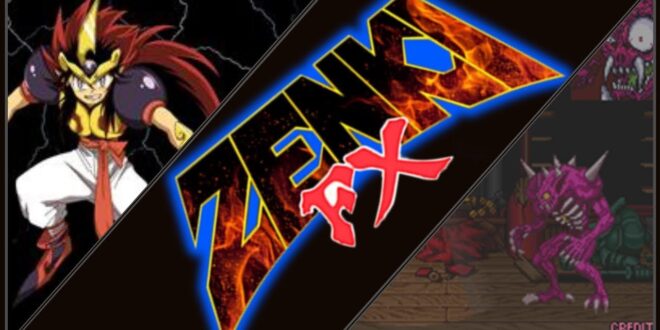
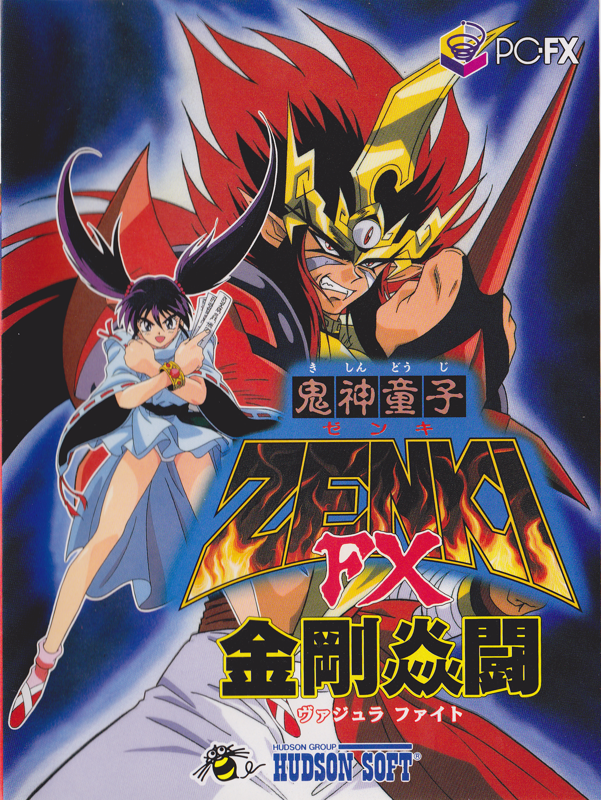
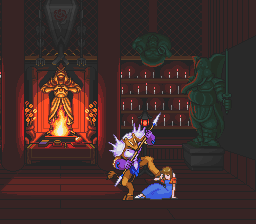
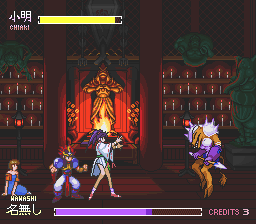
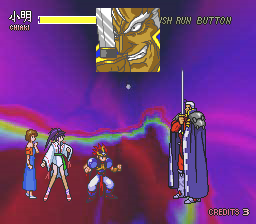
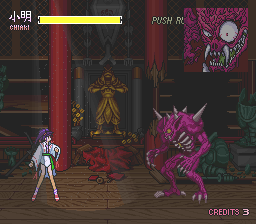

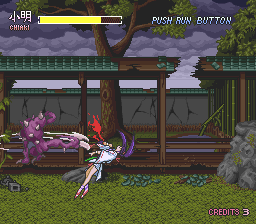
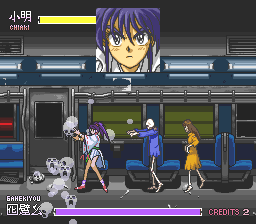
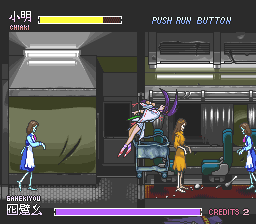
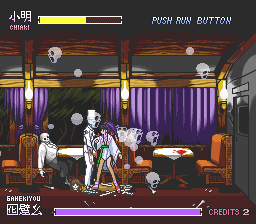


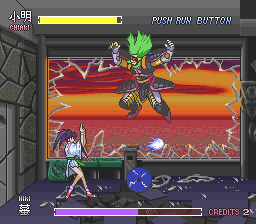
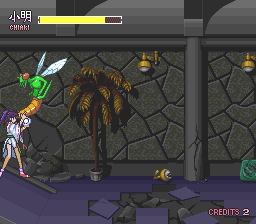
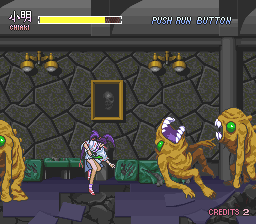
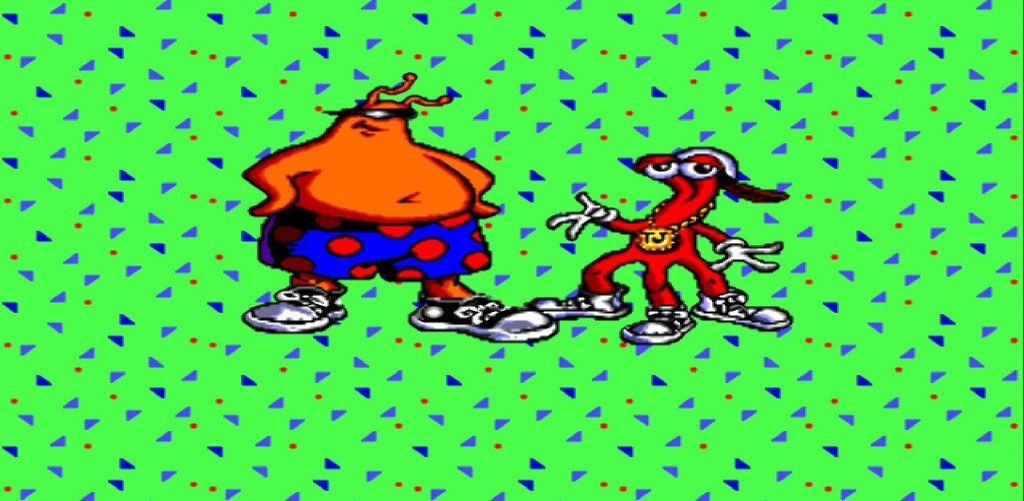
This game was terrible 😭.